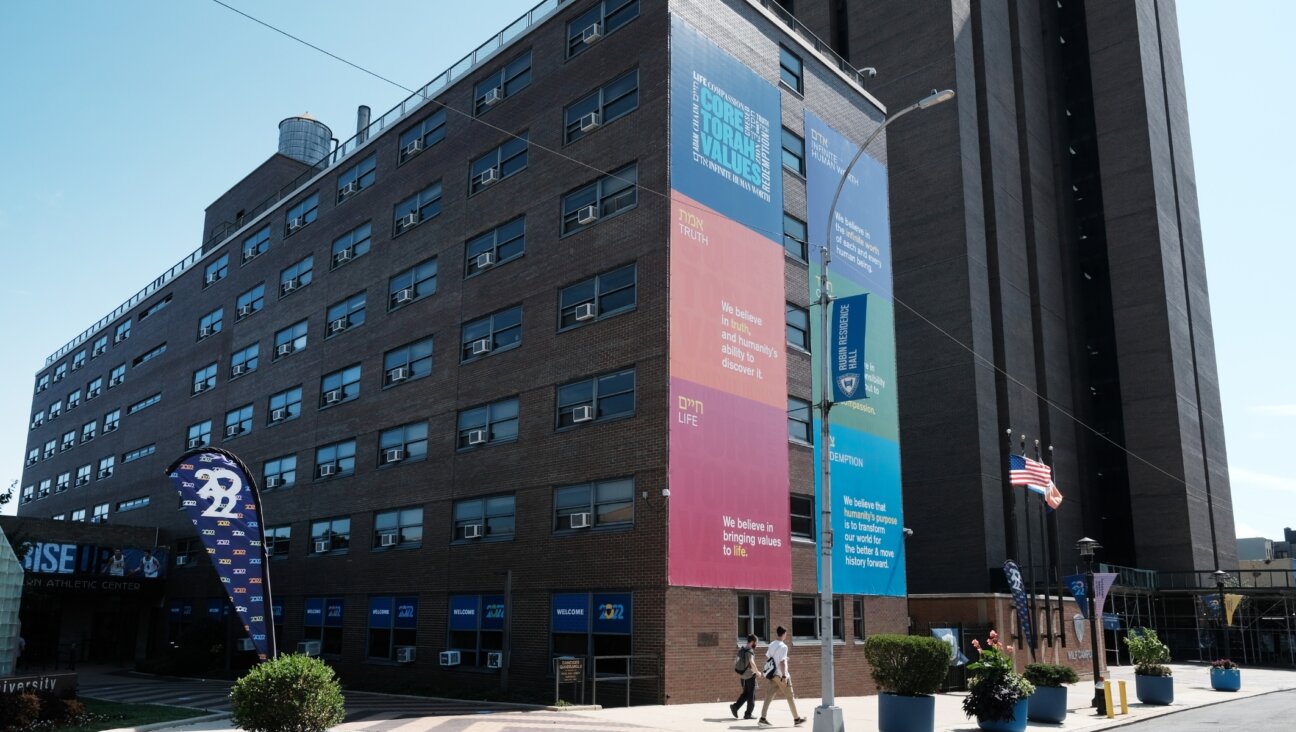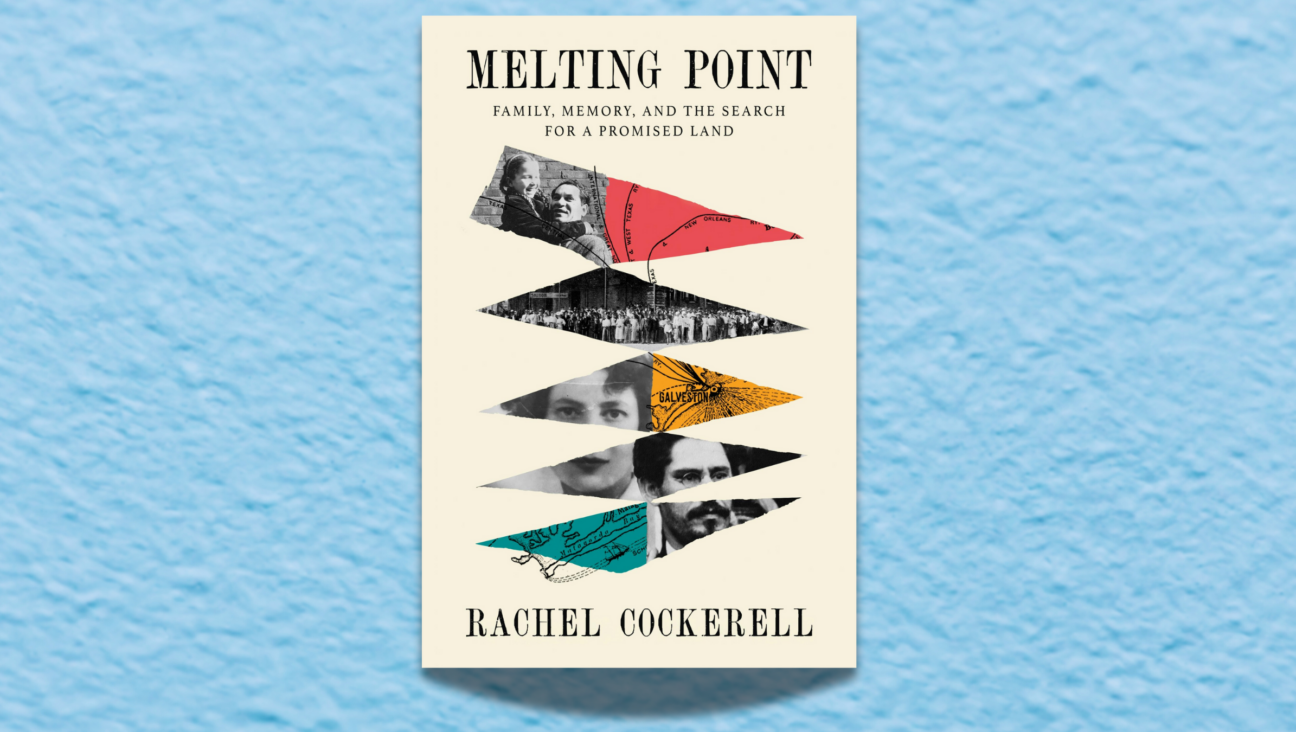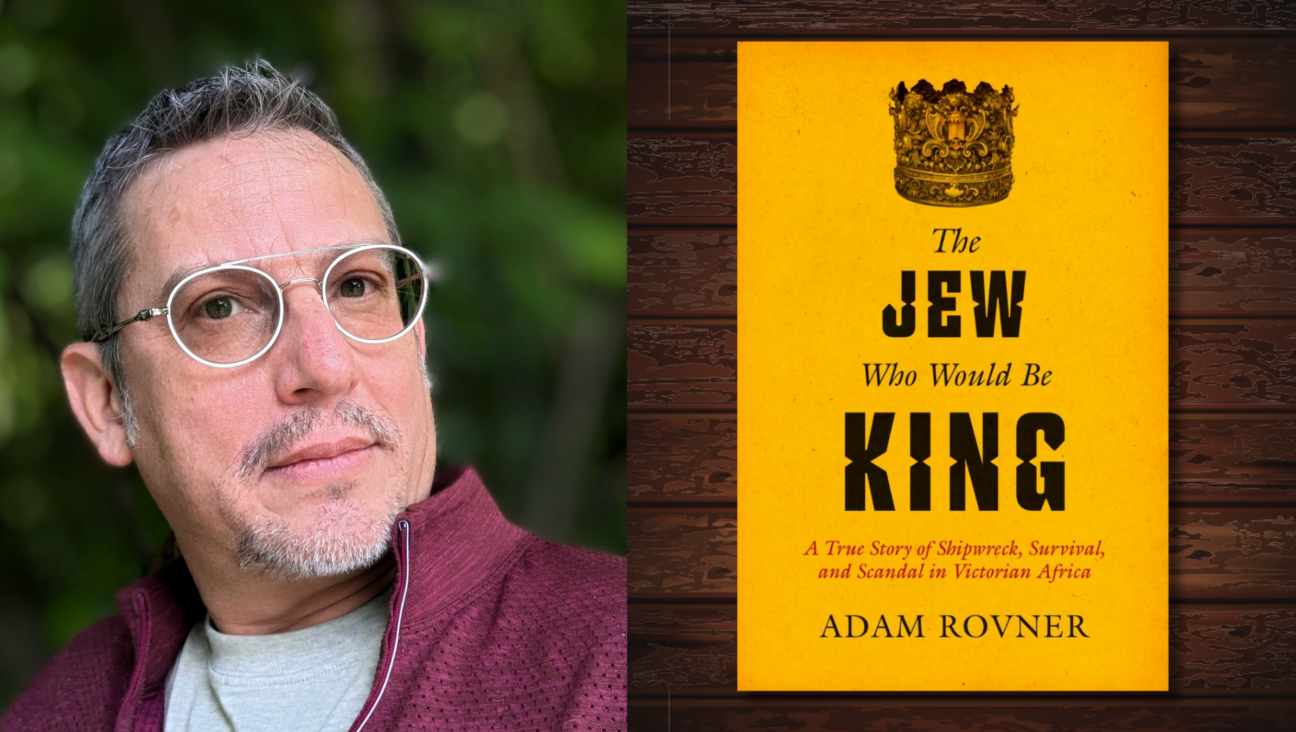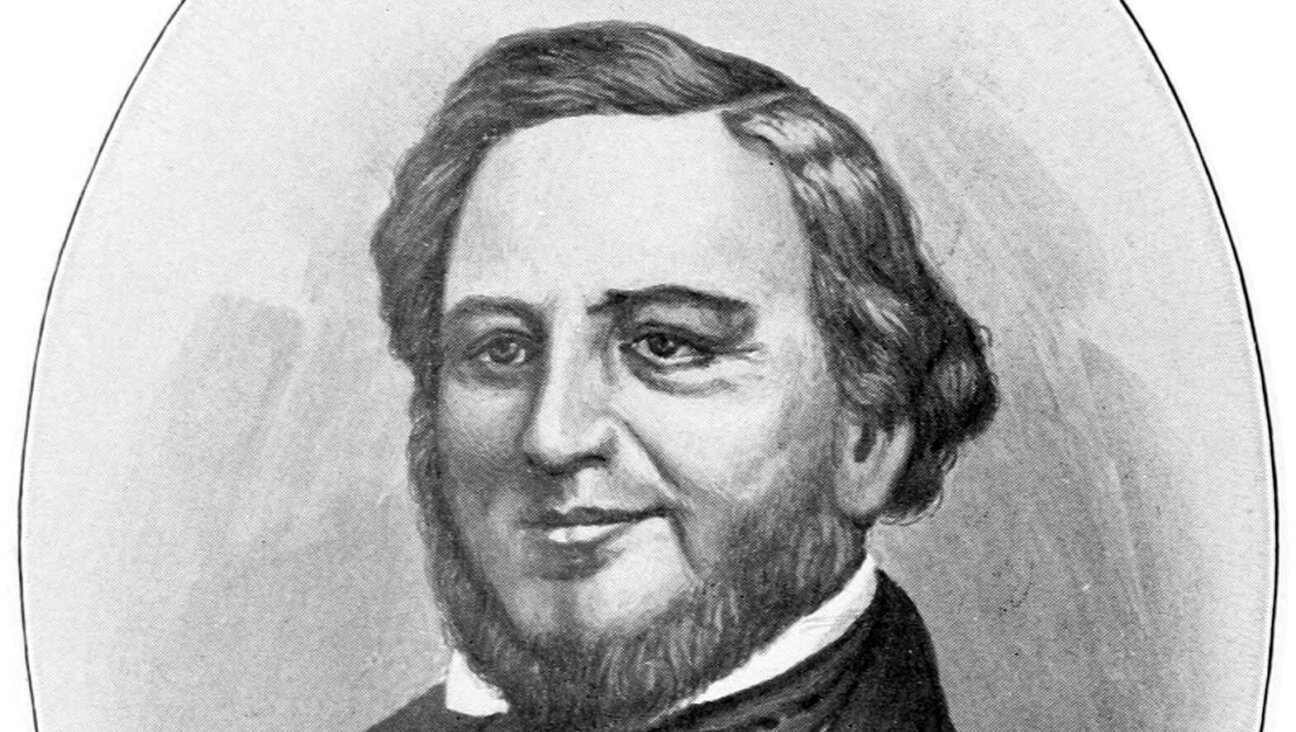Nica Rothschild, the Patron (Saint) of Jazz

NICA’S DREAM: THE LIFE AND LEGEND OF THE JAZZ BARONESS
David Kastin
W. W. Norton, 272 pages, $26.95

Pannonica Rothschild, or “Nica,” as she was called, tried very hard to be an upstanding member of the famous Jewish banking family. She went to the right schools, married the right man (a French baron, no less), and had five children.
Ultimately, though, she couldn’t do it. Seduced by jazz, she fled to New York and became patron to dozens of musicians, most famously Thelonious Monk.
Her fascinating life is the subject of a new book titled “Nica’s Dream: The Life and Legend of the Jazz Barones,” the second recent effort to tell this story. Two years ago, Nica’s grandniece, Hannah Rothschild, produced a documentary, “The Jazz Baroness,” which covered much of the same ground.
The British branch of the Rothschilds had a storied history. In 1807 Lionel Rothschild easily won election to the House of Commons, but was denied his seat because he was Jewish. He was finally allowed in 11 years later, following a change in the wording of the oath of office — an oath he took on a copy of the Old Testament.
Lionel’s son, Nathan — Nica’s grandfather — took the family the next step up the aristocracy ladder when he was named a Baron in 1885 and became the first Jew in the House of Lords.
It was a powerful legacy, but also a burden. Both Hannah Rothschild and author David Kastin ascribe Nica’s willingness to give up a life of privilege to the difficulty of being a female Rothschild, of whom nothing was expected other than being a wife and mother.
The filmmaker does a better job than the author describing what it was like growing up with that birthright. Young Nica (1913-1988) was not only offered a choice of breakfast milk, but also a choice of breed of cow from which it came. Dinner guests were offered fruit, carried in by servants on miniature trees.
Kastin, however, does a superior job in placing Nica in the context of her milieu. He excels in recreating the world of jazz of the 1950s and ‘60s, as modernists moved from swing to bebop. This was a time when no proper white woman — let alone a wealthy baroness — would so openly associate with African Americans, and when jazz “was perceived as a serious threat not only to the prevailing social order, but to the integrity of Western culture itself,” he writes.
Nica, however, not just a cultural thrill-seeker, but also a proto-feminist. She learned to fly when a just 21 years old and she drove an ambulance during World War II. After settled in with her war-hero husband, presumably for the duration, and accompanied him to Oslo and then Mexico in the diplomatic service of the new French government.
But after the excitement of wartime service it was impossible to settle down. She made frequent trips to New York and on one, pianist Teddy Wilson, whom she’d met years earlier through her brother, insisted she listed to a recording of “‘Round Midnight” by a newcomer, Monk.
“I had never heard anything remotely like it,” she is quoted as saying. “I made him play it 20 times in a row. [It] affected me like nothing else I ever heard.”
She extended her stay indefinitely and eventually moved to New York permanently, becoming a benefactor to many. Her Rolls or Bentley became a familiar late-night sight outside jazz clubs. Pianist Hampton Hawes noted: “She’d give money to anyone who was broke, bring a bag of groceries to their families [and] help them get their cabaret cards.”
Her home became a way station for musicians where they would come to jam and receive a free meal. Charlie (Bird) Parker died in her suite at the Stanhope Hotel, and Monk lived in her home in Weehawken, N.J. But with one possible exception — the drummer Art Blakey — her relationships were platonic, fed by a passion for music. In a fitting coda to her life, Nica asked her children to spread her ashes on the Hudson River “around midnight.”
The Forward is free to read, but it isn’t free to produce

I hope you appreciated this article. Before you go, I’d like to ask you to please support the Forward.
Now more than ever, American Jews need independent news they can trust, with reporting driven by truth, not ideology. We serve you, not any ideological agenda.
At a time when other newsrooms are closing or cutting back, the Forward has removed its paywall and invested additional resources to report on the ground from Israel and around the U.S. on the impact of the war, rising antisemitism and polarized discourse.
This is a great time to support independent Jewish journalism you rely on. Make a gift today!
— Rachel Fishman Feddersen, Publisher and CEO
Support our mission to tell the Jewish story fully and fairly.
Most Popular
- 1

Fast Forward Ye debuts ‘Heil Hitler’ music video that includes a sample of a Hitler speech
- 2

Opinion It looks like Israel totally underestimated Trump
- 3

Culture Cardinals are Catholic, not Jewish — so why do they all wear yarmulkes?
- 4

Fast Forward Student suspended for ‘F— the Jews’ video defends himself on antisemitic podcast
In Case You Missed It
-

Opinion It looks like Israel totally underestimated Trump
-

Fast Forward Betar ‘almost exclusively triggered’ former student’s detention, judge says
-

Fast Forward ‘Honey, he’s had enough of you’: Trump’s Middle East moves increasingly appear to sideline Israel
-

Fast Forward Yeshiva University rescinds approval for LGBTQ+ student club
-
Shop the Forward Store
100% of profits support our journalism
Republish This Story
Please read before republishing
We’re happy to make this story available to republish for free, unless it originated with JTA, Haaretz or another publication (as indicated on the article) and as long as you follow our guidelines.
You must comply with the following:
- Credit the Forward
- Retain our pixel
- Preserve our canonical link in Google search
- Add a noindex tag in Google search
See our full guidelines for more information, and this guide for detail about canonical URLs.
To republish, copy the HTML by clicking on the yellow button to the right; it includes our tracking pixel, all paragraph styles and hyperlinks, the author byline and credit to the Forward. It does not include images; to avoid copyright violations, you must add them manually, following our guidelines. Please email us at [email protected], subject line “republish,” with any questions or to let us know what stories you’re picking up.















